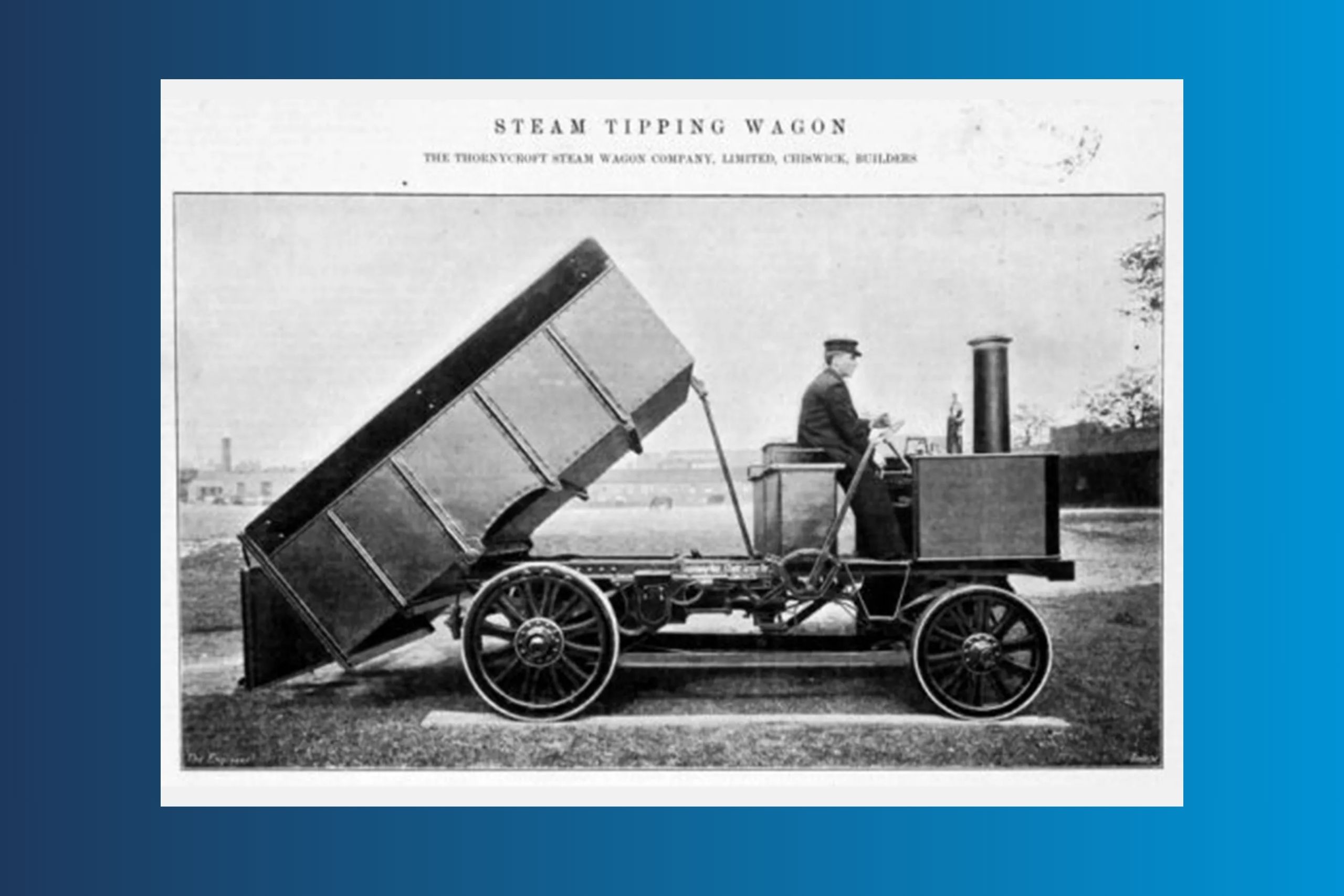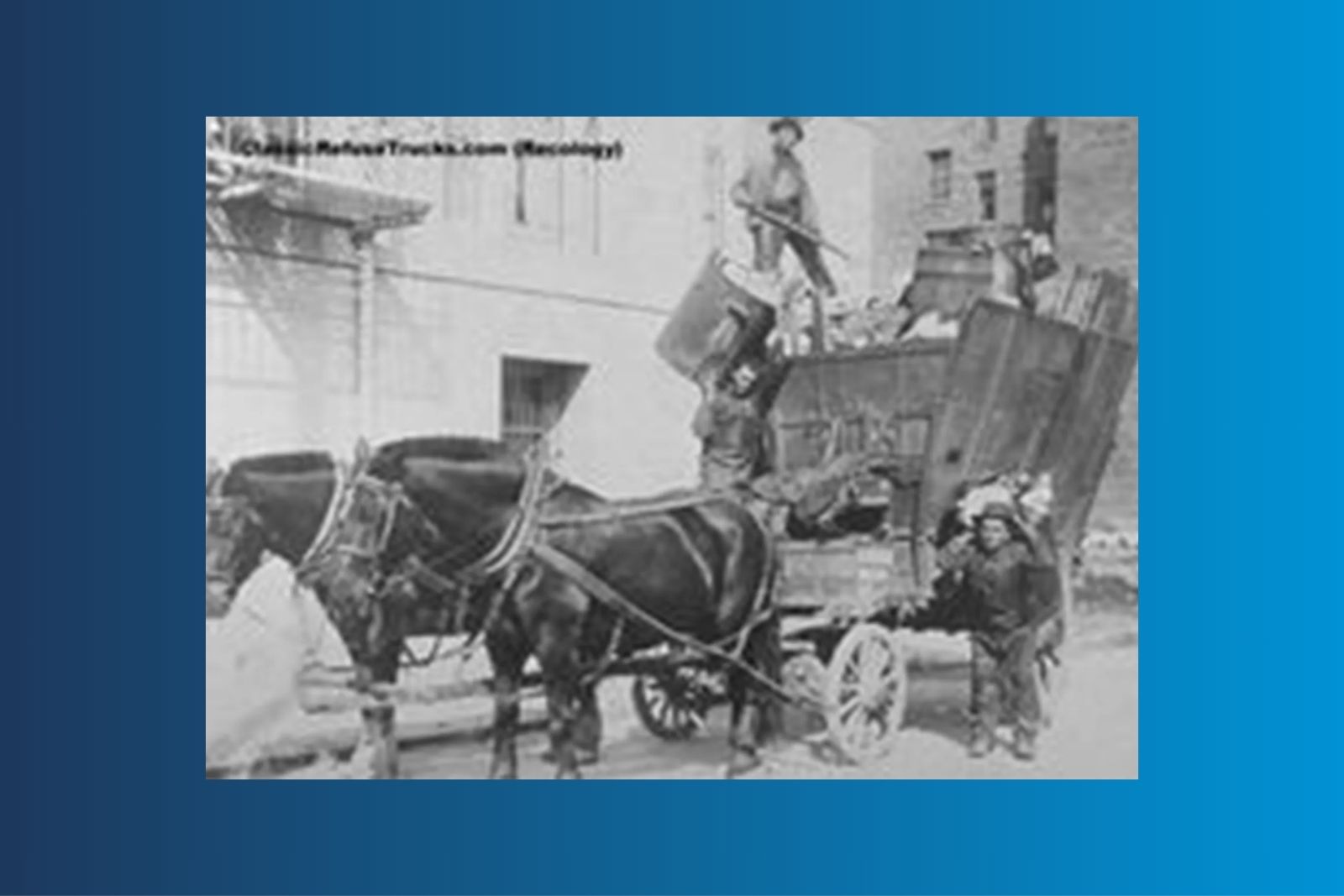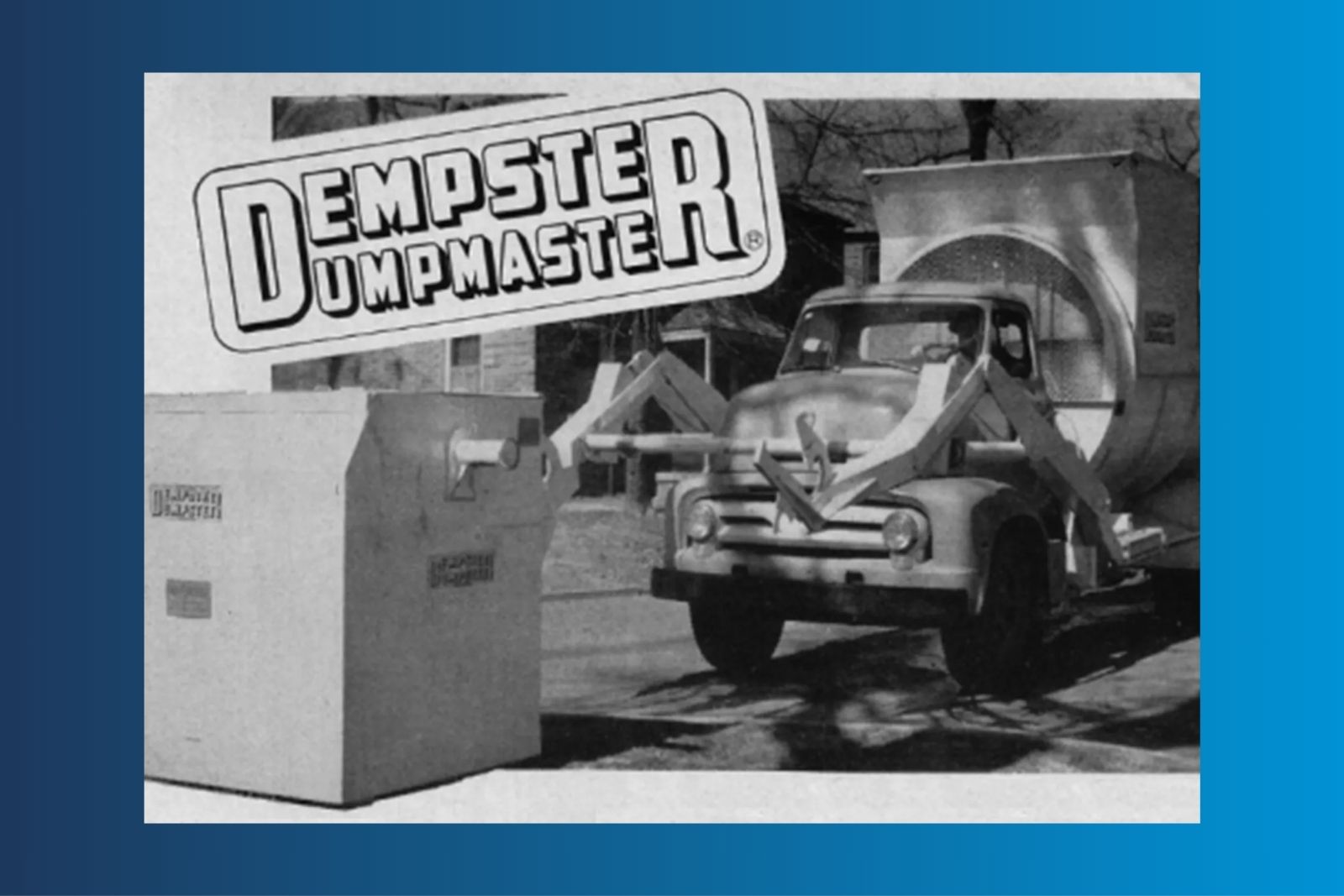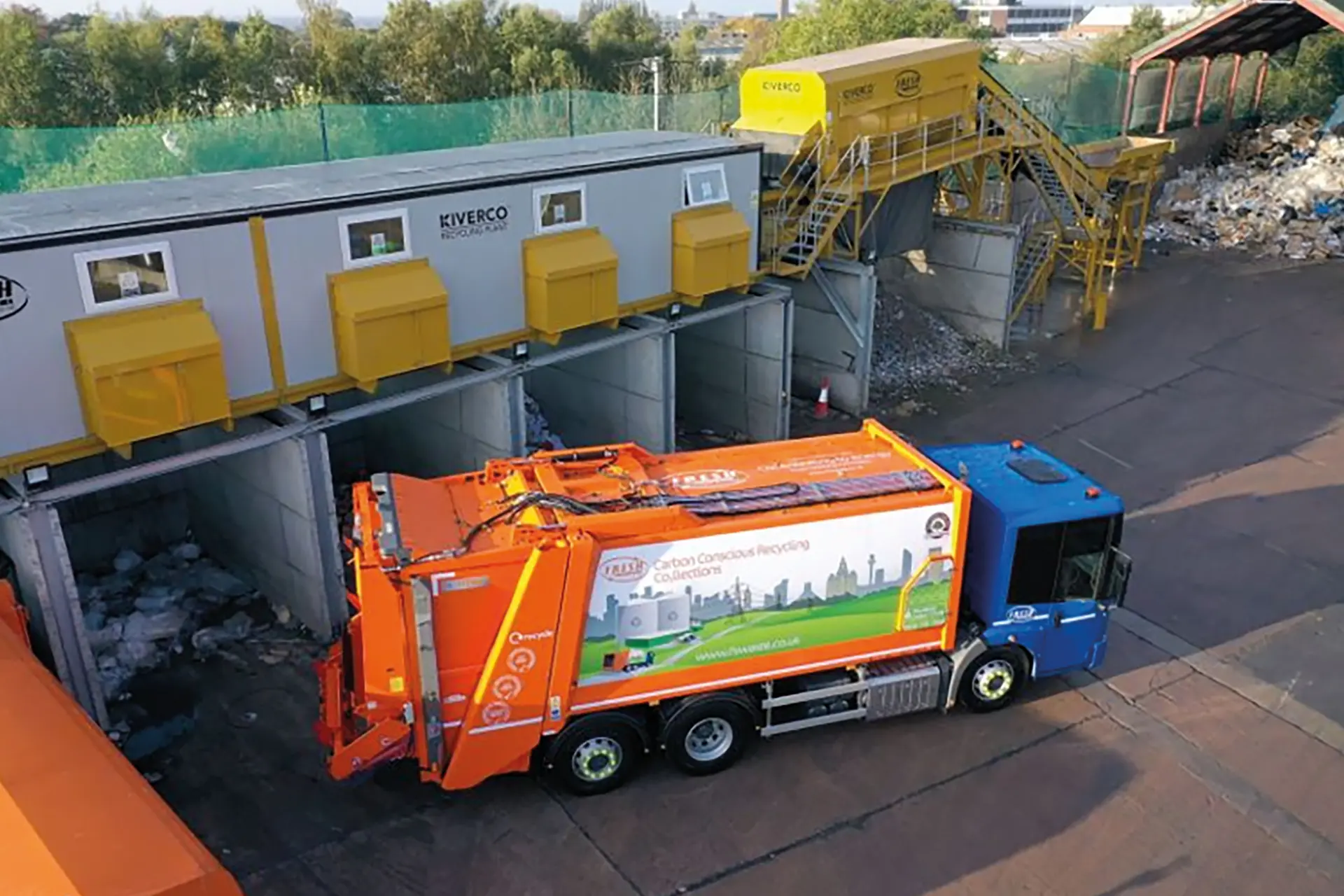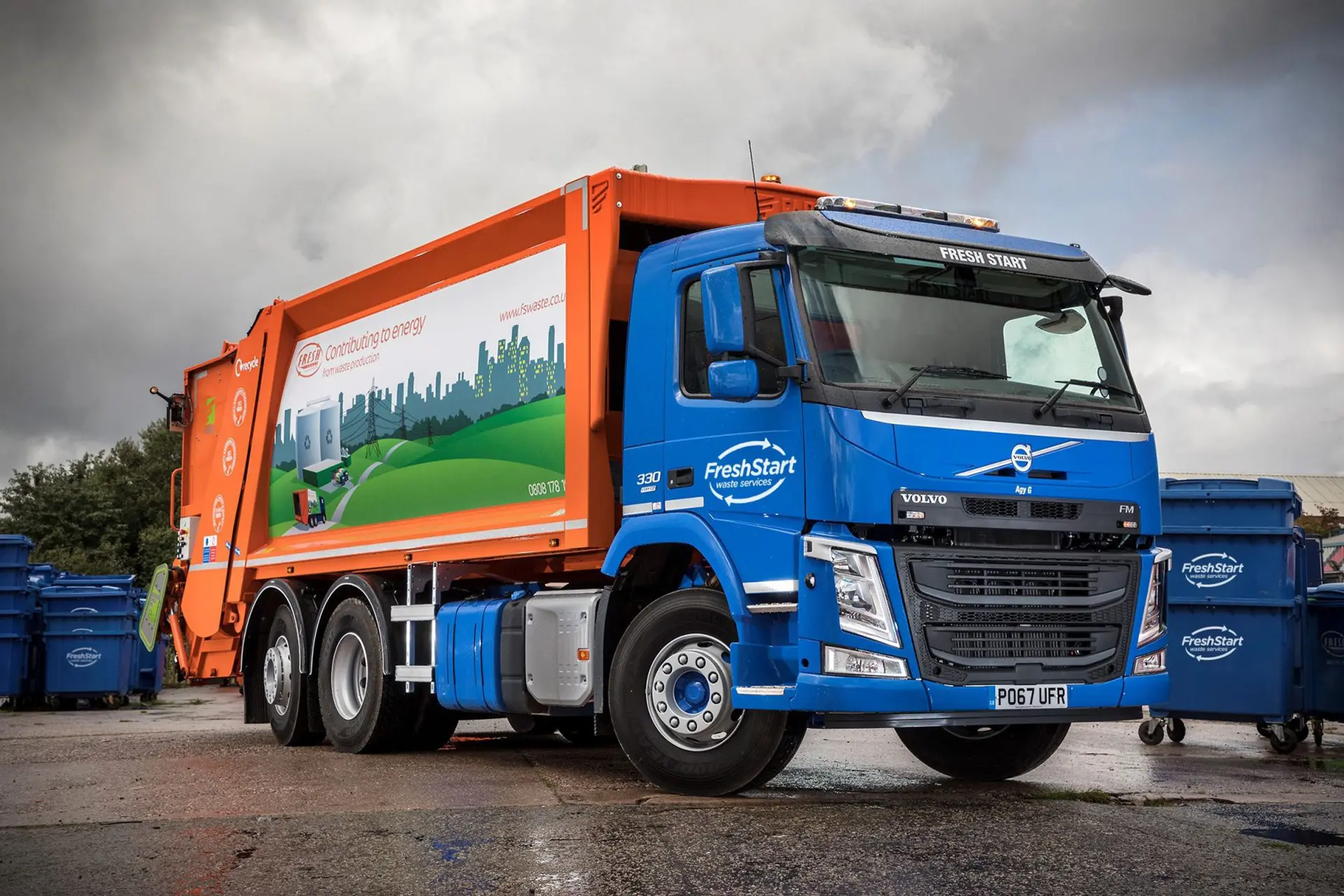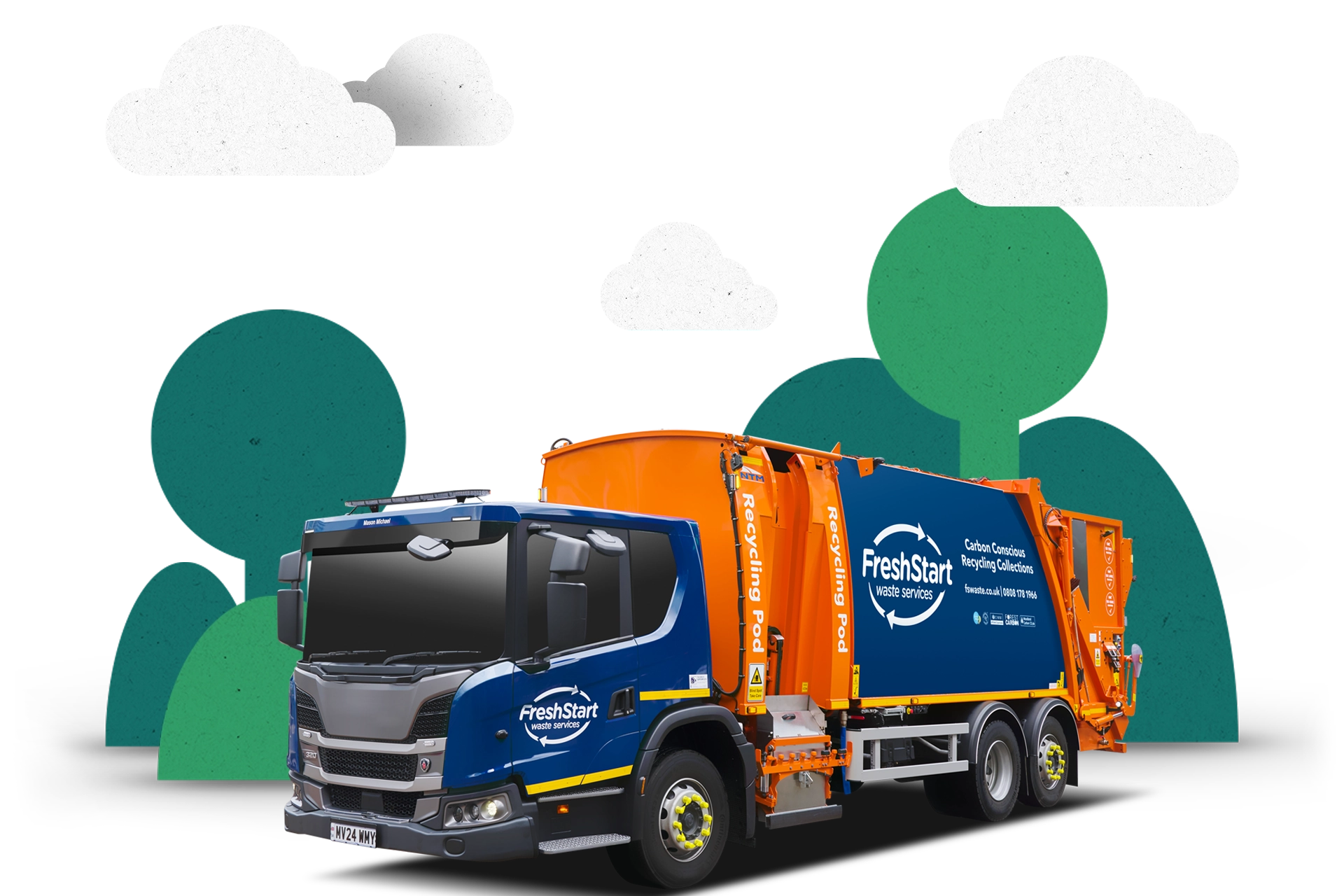While people have been taking their waste to landfill sites for more than 5,000 years, semi-organised collections of it didn’t take off until the 13th century, when England introduced a law in 1297 making it illegal for its citizens to leave rubbish outside their homes.
As with much legislation in the Middle Ages, word of the new enactment didn’t exactly get around the country quickly and it wasn’t until midway through the 14th century that ‘rakers’ became a common sight on the streets of London.
They would make weekly rounds and use a rake to help gather their rubbish into carts which would then be processed elsewhere: history’s first bin men and wagons. With resources scarce, anything which could be reused or recycled was.
Unfortunately, this came at a time of huge misfortune for people living in Europe, as the Black Death swept the continent with impunity.
It is estimated that up to 50 million people died between 1346-53 (around 60% of Europe’s population at the time), and with the rakers coming into regular contact with rats and their plague-spreading fleas, they were unknowingly on the front line, both as victims and in the fight against it.
The introduction of bin lorries marked a new era in waste management – one which has since evolved over time with increasing regulations and technology advancements in order to ensure public health and safety. Through it all, one thing remains constant: our proud history of bin lorries being at the forefront of taking care of our rubbish since the Middle Ages!



